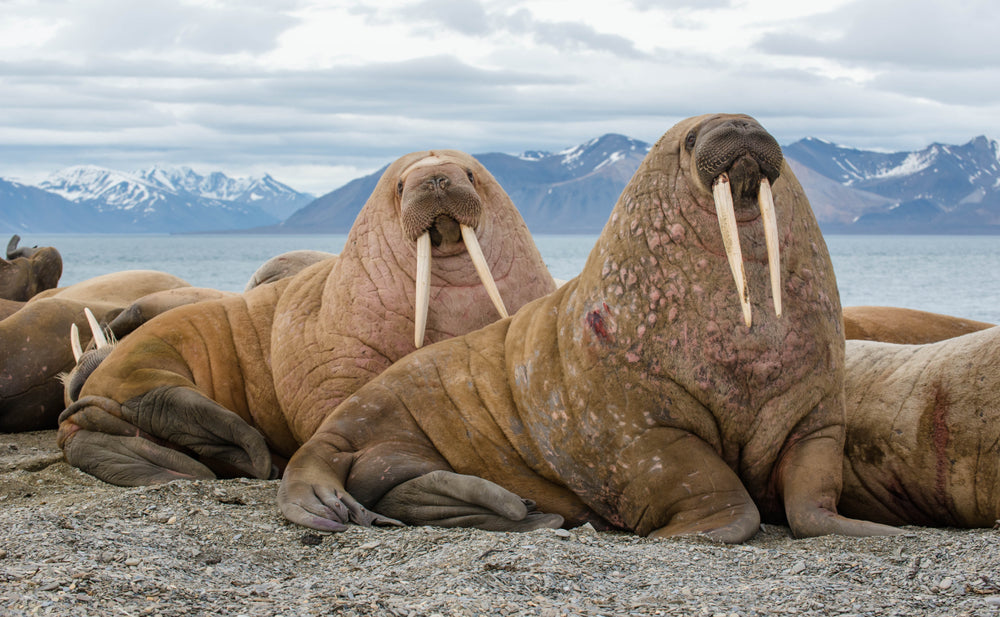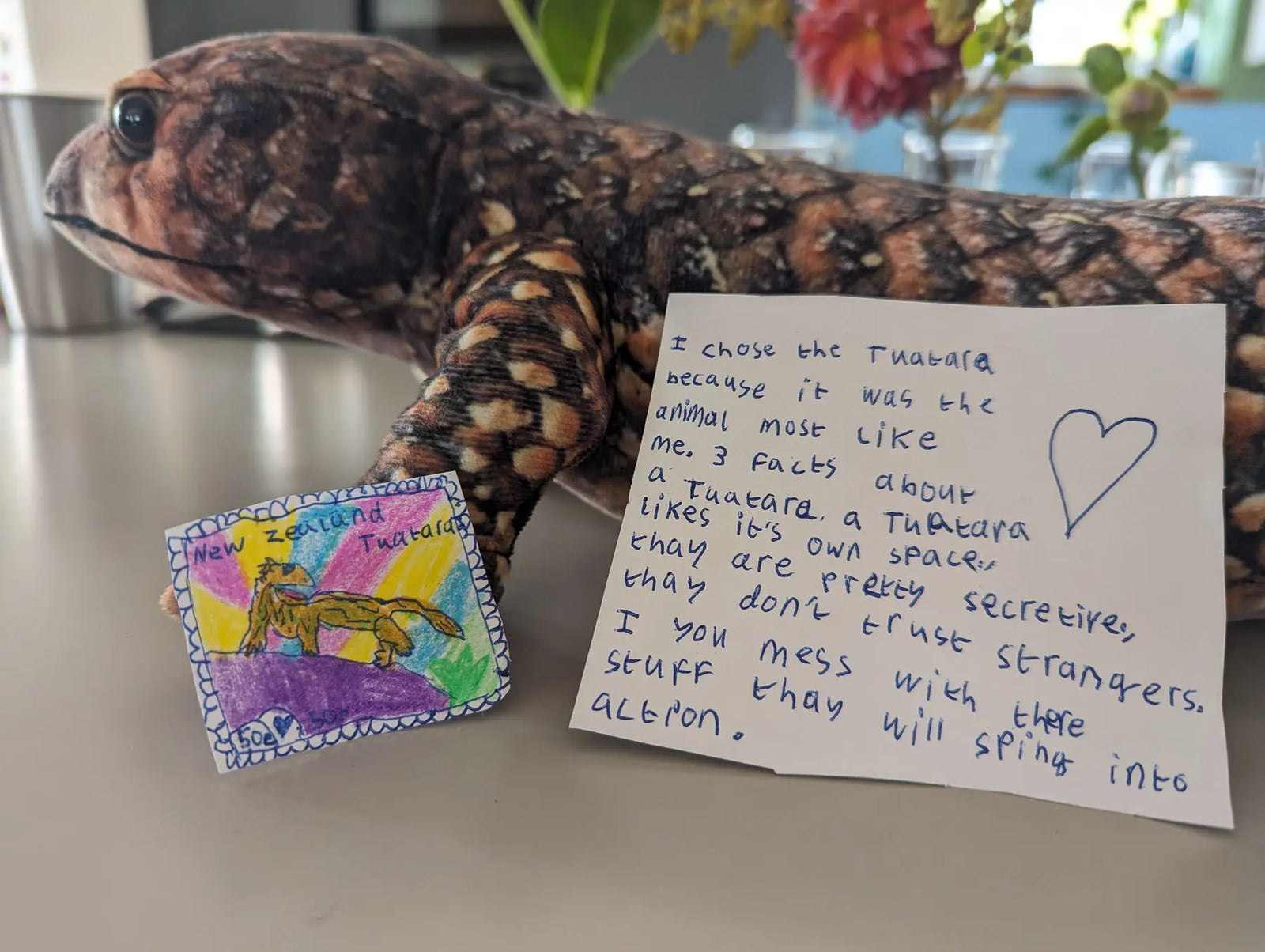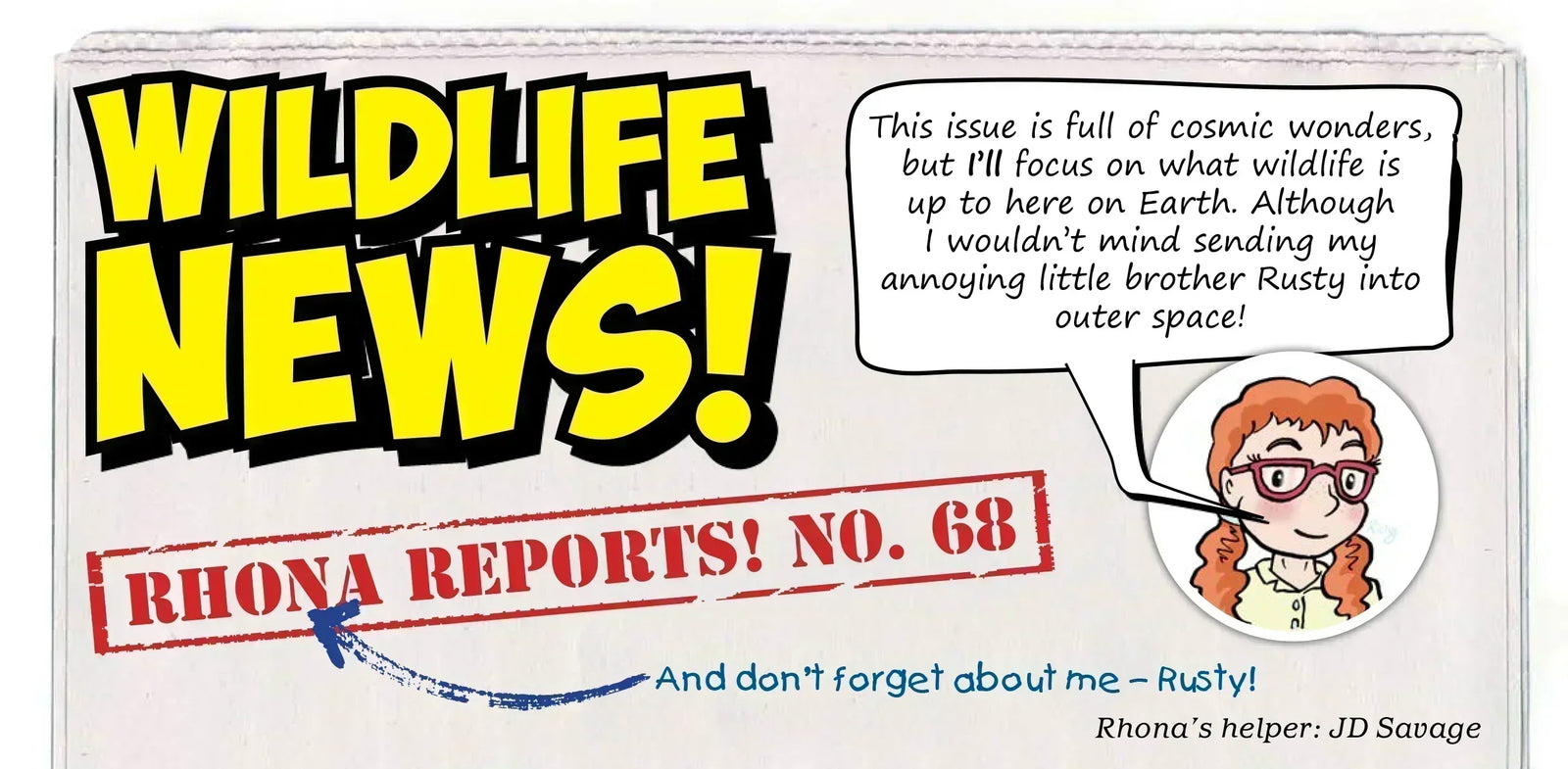Your Cart is Empty
To mark this year’s World Walrus Day on 24 November, we’re getting up close and personal with these larger than life carnivorous mammals.
Walruses can grow to lengths of over 3.5 metres and weigh up to 1,800 kilograms. Despite their size, they can move swiftly through the water, with top speeds reaching up to 35kph. So, it’s no surprise that walruses only have two natural predators: the orca (or killer whale) and the polar bear.

The scientific name for a walrus isOdobenus rosmarus, which is Latin for “tooth-walking seahorse”. Walruses are known as pinnipeds, which are fin-footed, carnivorous, semi-aquatic mammals that are related to seals and sea lions.
There are two confirmed subspecies of walrus – the Atlantic walrus, which is found living in coastal areas from north-eastern Canada to Greenland, and the Pacific walrus, which occupies the northern seas of Alaska and Russia. Their blubber-covered bodies help them to survive the Arctic regions – they even have the ability to slow their heart rate to cope with the polar temperatures.

© Shutterstock
A group of walruses is known as a herd. These large mammals are extremely sociable and can often be found grouped together bellowing and snorting loudly to one another. Herds are usually kept to either all male or all female – however, during the mating season, walruses gather together in their thousands.
It’s estimated that walruses can live for up to 40 years in the wild. Female walruses give birth to one calf at a time – although there have been rare sightings of walrus twins – after carrying them for 15 to 16 months. Calves have the ability to swim as soon as they are born and spend the first three years of life by their mother’s side.
The impressive tusks that walruses are famous for can reach up to one metre in length and are, in fact, large canine teeth that never stop growing. From using them like an ice axe to help haul their large bodies out of the water – hence their “tooth-walking” scientific name – to breaking through thick ice, walruses have many uses for their giant teeth.

© Alamy
As well as their striking tusks, walruses also have one of the coolest moustaches in the animal kingdom. They use their super-sensitive whiskers, which are known asmystacial vibrissae, to find shellfish on the dark ocean floor. It’s believed that walruses can feast on as many as 4,000 clams in a single feeding.
World Walrus Day was set up in 2008 by WWF Russia and the Marine Mammal Council (MMC), and is now marked on 24 November every year. Although it’s not quite celebrated globally yet, it’s a nice way to raise awareness of these monumental mammals.
Comments will be approved before showing up.
What an incredible fleet of rockets you launched into our inbox this month! Each design showed a different way to turn everyday scraps into something extraordinary. Some rockets looked ready for deep-space exploration, others carried alien crews, and a few were so beautifully decorated they could ha...
Meet the winners of our New Zealand postage stamp competition and explore a gallery of brilliant children’s designs celebrating Aotearoa’s unique wildlife.
Here’s a sneak peek straight from our latest issue of Eco Kids Planet, Wonders Beyond Earth. Wildlife News is where Rhona and Rusty round up the wildest real-world stories from across the planet. Enjoy the read! 🌎 Amazing Photo Entries! The Wildlife Photographer of the Year team gave me a sneak...



